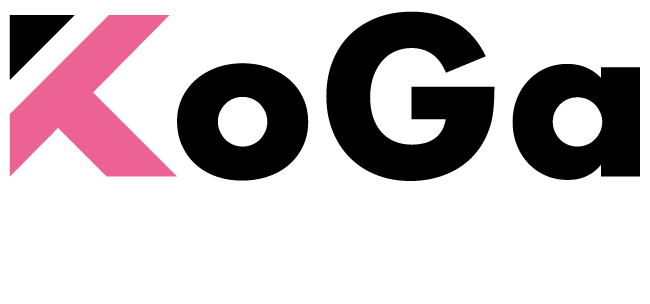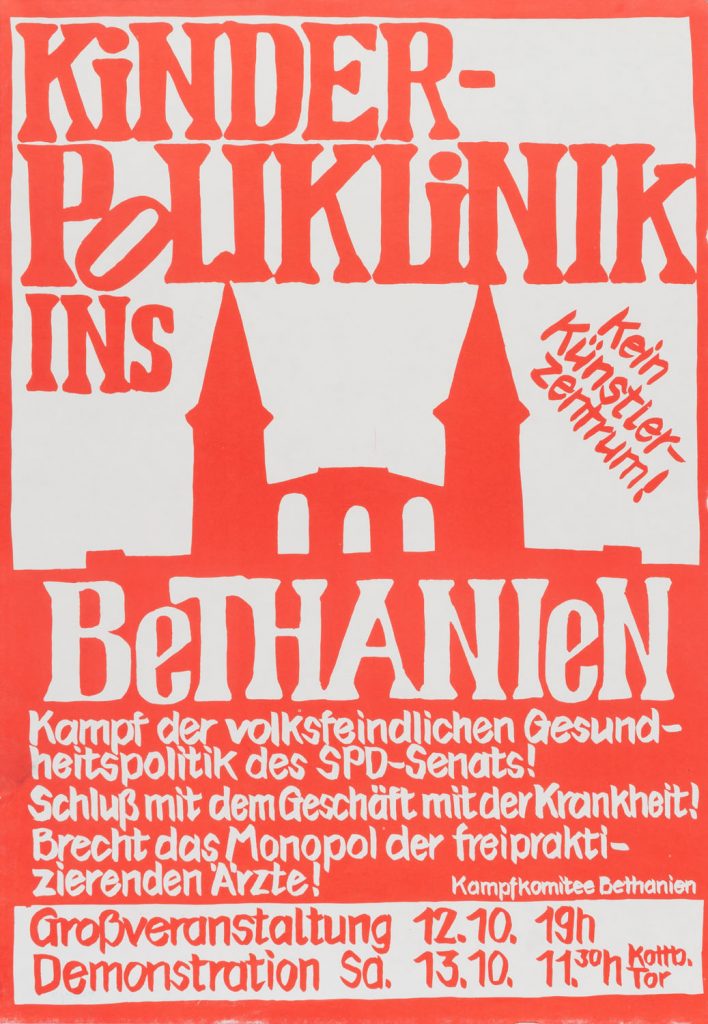Turn Illness into a Weapon – Artistic Perspectives Within Healthcare Movements

Opening
Friday, 31/05/2024, 5–11 pm
Exhibition
01/06–18/08/2024
WITH:
Anguezomo Mba Bikoro
The Chronic Iconic (Jessica Cummin)
Chloe Pascal Crawford
Criptonite (Edwin Ramirez & Nina Mühlemann)
Miriam Döring
Tomás Espinosa
Eva Egermann & Cordula Thym
Lotti Fellner-Wyler
Feministische Gesundheitsrecherchegruppe
Cornelia Herfurtner
Kallia Kefala
Magda Korsinsky
Julia Lübbecke
MELT (Ren Loren Britton & Iz Paehr)
Silvi Naçi
Sophie Utikal
RA Walden
Curated by
Linnéa Meiners
Curatorial assistance
Gianna Ehrke
Consultation for barrier-free exhibition design
Berlinklusion – network for accessibility in art and culture
Jovana Komnenic & Kirstin Broussard
Graphic design
kadi | studiokwi
Plain language translations
Helen-Sophie Mayr
English translations
Sonja Hornung, Eve Richens
Director, Kunstraum Kreuzberg/Bethanien
Stéphane Bauer
Programme Coordination
Sofía Pfister
Production
Kristoffer Holmelund
Project assistance
Melina Gentner
Dani Hasrouni
Johanna Janßen
Marlene Risse
Reacting to the healthcare system’s discriminatory structures, in 1972, the Sozialistische Patient*innenkollektiv1 (Socialist Patients‘ Collective) called to weaponise their illness. The group aimed not to portray illness as something individual that must be overcome alone, but to show its complex connections with social neglect and structural inequalities. Relatedly, this exhibition draws attention to the structural and intersectional disadvantages faced by disabled, chronically ill, and/or neurodivergent people in a late-capitalist, ableist system. How to turn illness into a weapon?
The group exhibition Turn Illness into a Weapon – Artistic perspectives within healthcare movements2 takes its starting-point from the grassroots healthcare struggles around the former Diakonissen-Krankenhaus (welfare hospital) Bethanien in 1970s Berlin. When it became clear that the abandoned building was to be transformed into artists‘ studios, the initiative Kampfkomitee Bethanien, among others, demanded to use the space as a children’s polyclinic.
In the exhibition, 17 artistic positions are brought into dialogue with the site where these specific political struggles played out. The artists criticise present-day conditions in art and healthcare policy, and point towards alternatives.
Because the time is now and the future is crip.3
The anti-ableist constellations of MELT (Ren Loren Britton & Iz Paehr) visually combine past resistance movements of disabled activists in Germany with astronomical images of stars, which are used to mark spatial and temporal dimensions. The Chronic Iconic (Jessica Cummin) is a Mad Cripfluencer who translates her educational work into banners that invoke resistance. Tomás Espinosa’s oversized pills thematise both the stigmatisation and treatment of HIV-positive people, as well as hurdles to accessible medication. In their letters to an octopus, Criptonite (Edwin Ramirez und Nina Mühlemann) tell tales of crip magic, solidarity, and sea witches with a short life expectancy. Connecting political and physical attitudes and relating them to National Socialist violent body ideals still prevailing today, Julia Lübbecke expands her subjective research on feminist self-help. Lotti Fellner-Wyler’s paintings reflect her life, including her artistic approach to dealing with multiple hospitalisations. Silvi Naçi visualises the pain that accompanies them during the production of their artworks. The fatigue caused by the demands of a performance-driven society is explored in Kallia Kefala’s installation work. RA Walden views chronic illness as a political issue that needs to be taken out of isolated spaces, and discussed publicly. The Feminist Health Research Group, which has long researched past and current feminist and health policy movements and their links to radical therapy, anti-psychiatry and queer self-care, uses artistic means to work through its materials. Experiences of intimacy, connection, and individual approaches to healing are a part of Sophie Utikal’s walk-through textile installation. Anguezomo Mba Bikoro engages in restorative justice practices through rituals to provide Black women, notably affected by chronic illness from domestic violence, with safe access to discrimination-sensitive medicine and mental health support, while critically reflecting on colonial somatic body theory. By juxtaposing historically informed concepts of warmth with somatic knowledge, Miriam Döring investigates the ambiguity and intimacy of heat, both as a therapeutic method and as a harmful element. Magda Korsinsky offers insight into connections between ageing, disability, and sexuality. A crip-queer-feminist video work from Eva Egermann & Cordula Thyms invites viewers into a punky world of plural accessibilities.
The struggle for Bethanien, the ideas of the Sozialistische Patient*innenkollektiv, and the transformation of illness into a weapon are contextualised through archival material and the accompanying programme of events. Cornelia Herfurtner approaches passive arming as a resistant practice of self-protection during protests in public spaces and asks what we need to strengthen ourselves. Chloe Pascal Crawford examines connections between weapons and disability, drawing attention to the violent laws structuring everyday life in Berlin.
The exhibition and accompanying programme are dedicated to political struggle, to artistic practices with sustainable and lasting effects, and to historic, current, and future anti-ableist visions.
People who self-identify with the terms disabled, chronically ill, and/or neurodivergent are confronted with different modes of visibility in society, with various consequences and associated perceptions. In this project, the above-mentioned self-attributions are not used as synonyms, but are understood to overlap with one another intersectionally, and in multiple ways. This does not prevent differentiation, but creates space for shared struggles.
1 German spelling adapted to present-day gender-neutral norm.
2 This title refers to the magazine of the Sozialistische Patient*innenkollektiv, similarly titled SPK – Aus der Krankheit eine Waffe machen – Eine Agitationsschrift, (“SPK – Weaponise Your Illness – A Magazine for the Movement”), Heidelberg University.
3 Eva Egermann, Editorial of Crip Magazine #2, Vienna 2017.
- This project was funded by the Senate Administration for Culture and Social Cohesion: IMPACT-Funding, as well as the Communal Galleries Fund (KOGA) and the Visual Artists’ Exhibition Fees Fund (FABIK)




